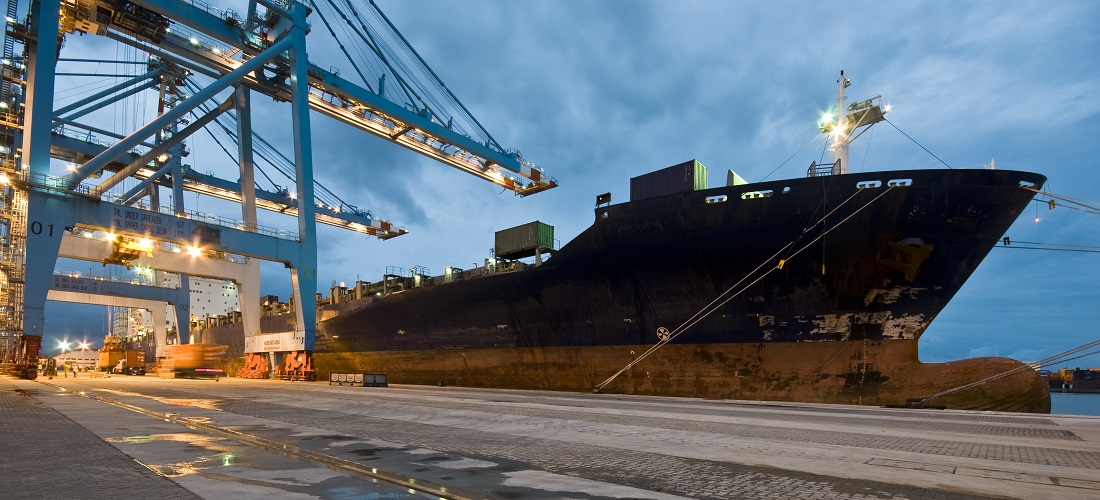
DataLiner update: feeble international demand drives down maritime freight
Oct, 28, 2022 Posted by Gabriel MalheirosWeek 202243
The end of Brazil’s presidential election with the victory of Luís Inácio Lula da Silva casts some light on the future of the country’s port privatizations.
Recently elected for a third term, Lula should put a break on privatizations. However, the practice of leasing terminals under Law No. 8,630/1993, Brazil’s first port law, should continue, albeit at a slower pace.
A country’s economy is highly dependent on its ports. Yet, according to data recently released by DataLiner, Datamar’s market intelligence tool, the Brazilian foreign trade of containerized products is likely to remain flat.
September figures found on DataLiner show that, in the ninth month of the year, Brazilian container imports grew by 14.83% compared to the same period in 2021 to a higher level than the same month in the previous three years. Even so, year-to-date (January to September), this year’s imports are still 6.25% short from the first nine months of 2021.
It is worth noting that Brazil was trying to make up for the lost ground in imports after the height of the Covid-19 pandemic, which severely affected Brazilian capacity to import.
The following chart, based on DataLiner data, provides a track record of Brazilian imports via containers, allowing a clearer view of the scenario described above.
Brazilian container imports | Jan 2019 – Sep 2022 | TEUs
Source: DataLiner (click here to request a demo)
Exports
In exports via containers, in September, Brazil handled a volume only 0.70% greater than in the same month of 2021. The exported volume is also in line with October 2020, according to DataLiner data.
Year-to-date, the dip is slightly greater: 1.32% compared to the period from January to September 2021, but slightly above the two previous years.
See below the track record of Brazilian exports via containers as of 2019:
Brazilian container exports | Jan 2019 – Sep 2022 | TEUs
Source: DataLiner (click here to request a demo)
Falling sea freight
Another key factor in understanding the economy is sea freight. A combination of elements has led to a drop in freight rates all over the world. Such a trend is also observed on the East Coast of South America.
The war between Russia and Ukraine triggered a global recession, which caused consumption and, consequently, the demand for imported goods to decrease. As a result, ships – which are being built with ever-increasing capacities – are being underutilized, bringing down freight.
Parallelly, the problems that wreaked havoc in international logistics, such as the closure of Chinese ports due to the country’s Covid-Zero policy and the congestion of American ports, are being solved.
To try to hold back prices a little and seek a balance between supply and demand, shipowners are making blank voyages. However, despite capacity cuts, the market remains underheated.
According to S&P Global’s Platts Americas Container Freight, freight rates from North Asia to East Coast South America have remained steady at $5,300/FEU over the past week. At the same time, South American export rates also did not change.
Future perspectives
The perspective for the last quarter of the year is that the global economic crisis will persist. According to the October 2022 “World Economic Outlook,” a quarterly document prepared by the International Monetary Fund (IMF) that attempts to foreshadow the future of the global economy, the worst is yet to come.
According to the IMF’s chief economist, Pierre-Olivier Gourinchas, a third of countries will enter recession between now and next year. For him, this year’s economic shocks will reopen “wounds” that had begun to “heal” following the pandemic. He predicted that the world’s three largest economies – the United States, China, and the eurozone – will experience low growth and high risks of stagnation.
The IMF also predicts that global inflation will peak at 9.5% this year and then slow to 4.1% by 2024.
-
Ports and Terminals
Apr, 18, 2019
0
Antaq authorizes operation of TUP in São João da Barra
-
Other Cargo
Oct, 03, 2021
0
CONAB: YTD Fertilizer imports have grown 17% and are set to break a record
-
Ores
Jun, 04, 2019
0
Cade approves Vale’s purchase of Ferrous
-
Meat
Mar, 27, 2019
0
USDA schedules meat plant inspections for June



